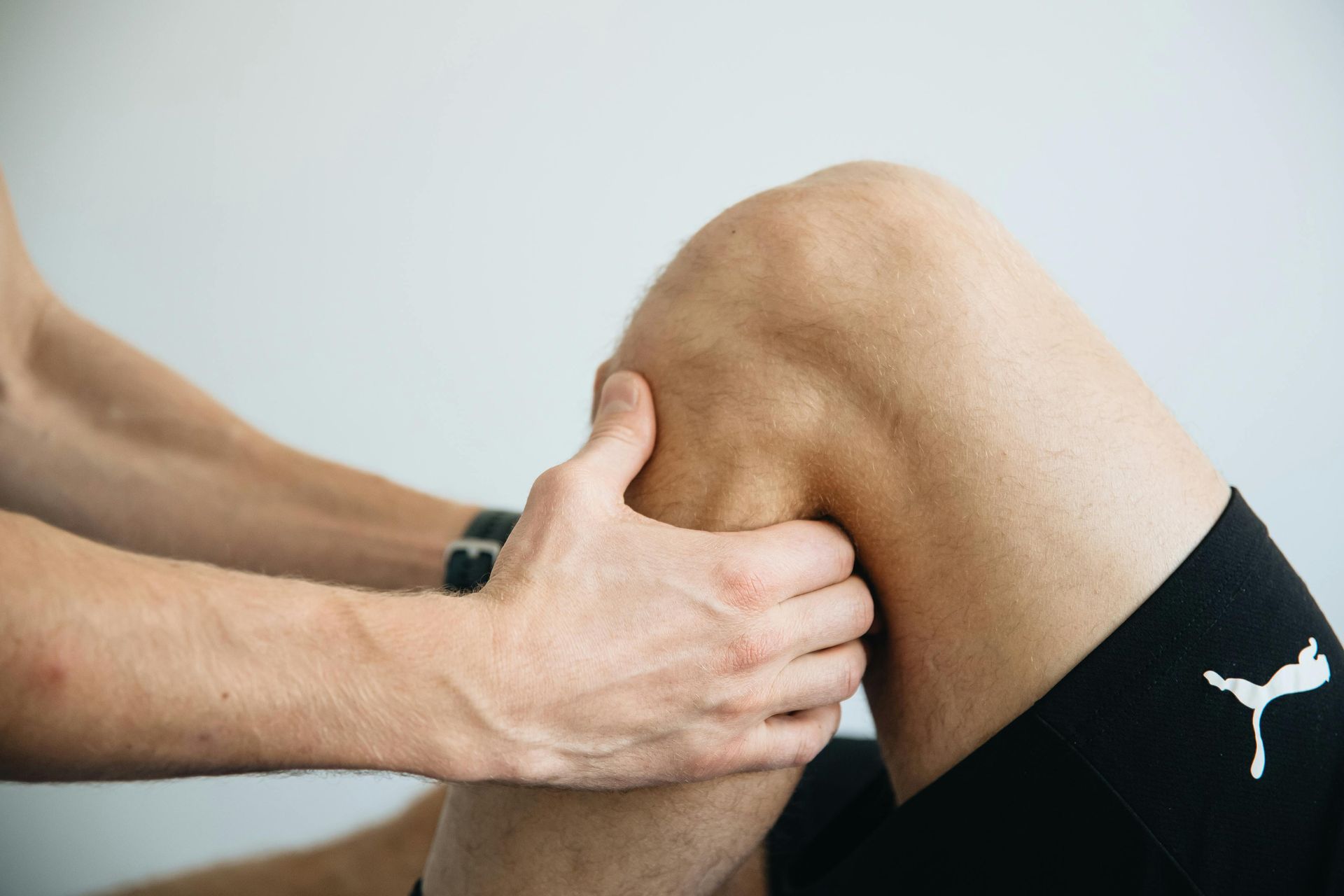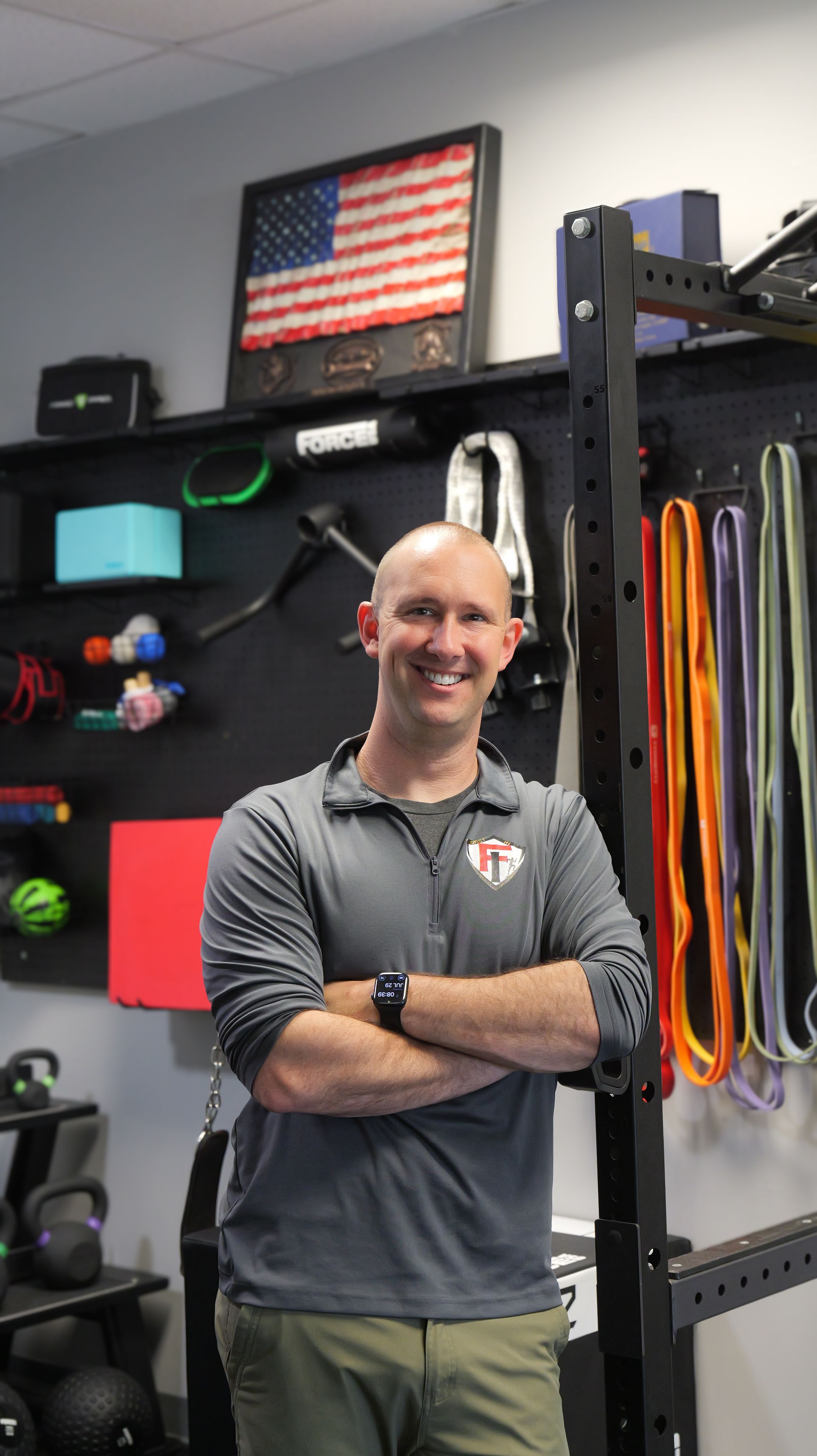Top 5 Musculoskeletal Injuries Suffered by Law Enforcement Officers and How to Prevent Them

Law enforcement officers face unique physical and mental demands that result in increased risk for injuries in their line of duty. From sitting in a cruiser to chasing suspects and handling confrontational situations, these activities can lead to various musculoskeletal injuries. As a performance physical therapist, I'm here to help you stay in top shape and avoid these common injuries. Let's dive into the top 5 musculoskeletal injuries you might face and how to prevent them:
1. Lower Back Pain
Issue: Lower back pain is the most prevalent injury reported among law enforcement officers. Due to a variety of aggravating activities, lower back pain can result from prolonged sitting in patrol cars, sudden movements during confrontations, heavy lifting of equipment, or even running.
Prevention:
- Understand the Root Cause: Low back pain can be caused by many stressors, many of which are overlooked by the medical community. Understanding your pain over a 24-hour period can help assist in arming you with the correct information to eliminate stubborn pain.
- Core Strengthening: Incorporate the correct exercises, such as planks, bridges, Pallof presses, and carry variations, to strengthen core muscles, which support the lower back.
- Ergonomic Adjustments: Ensure patrol cars and workstations are ergonomically designed to reduce strain on the lower back. Ever notice how your back pain increases after a shift sitting in the patrol car, even when you “didn’t do much that day?”
2. Knee Injuries
Issue: Knee injuries, including sprains, strains, and meniscal tears, are common due to the unplanned physical activities involved in law enforcement, such as running, jumping, and sudden directional changes.
Prevention:
- Strength Training: Focus on strengthening the muscles around the hip and knee, including the hip complex, quadriceps, hamstrings, and calves. As a tactical professional, you need organized training to maintain peak performance and execute the duties required.
- Flexibility Exercises: Incorporate stretching routines to maintain flexibility and reduce the risk of injury.
- Train How You Fight: Duty-related stressors can quickly overload the muscles, tendons, and ligaments that support our knees. Standing on hard surfaces for extended periods without proper leg and hip strengthening can lead to significant discomfort and potential injury. Additionally, relying solely on slow, long-distance runs when your job requires sprinting can be ineffective. It's crucial to incorporate exercises that mimic the physical demands of your duties to ensure optimal performance and reduce the risk of injury.
3. Shoulder Injuries
Issue: Shoulder injuries, such as rotator cuff tears and impingements, often occur during physical altercations or from repetitive overhead movements.
Prevention:
- Strengthening Exercises: Include exercises like rows, pull-ups, and shoulder presses to strengthen shoulder muscles. Be sure to include dumbbells or kettlebells to allow the shoulder to stabilize and gain strength during these movements.
- Mobility: Did you know that most shoulder injuries occur because your thoracic spine (midback) is stiff? Add on hours sitting in a patrol car, and some heavy lifting without proper programming, and you have a recipe for shoulder issues
- Proper Technique: Educate officers on proper techniques for physical tasks to avoid unnecessary strain on the shoulders.
4. Ankle Sprains
Issue: Ankle sprains are frequent due to the uneven terrain officers may encounter during foot pursuits or while navigating various environments
Prevention:
- Balance Training: Add balance exercises to your strength program to improve stability and performance. It's more than just standing on one leg or using a stability ball; it involves various exercises that enhance coordination, prevent injuries, and boost functional strength.
- Strengthening Exercises: Focus on strengthening the muscles around the ankle with exercises like calf raises, tandem stance Pallof presses, squats, and deadlifts! Don’t forget the sprints and change-of-direction runs.
- Supportive Footwear: Ensure officers wear shoes with good ankle support to prevent sprains.
5. Neck Pain
Issue: Neck pain can result from the physical demands of the job, including wearing heavy gear, sudden movements, and prolonged periods of vigilance.
Prevention:
- Posture Awareness: Did you know the head weighs roughly 14 pounds? And with every degree you bring your head forward to look at your phone, it adds 10 pounds. Next time you are in your cruiser for an extended position, look at your posture after an hour. Are your shoulders rounded? Head forward?
- Strengthening Exercises: Include exercises that strengthen the neck and upper back muscles, such as face pulls, mid and lower trapezius strengthening, and deep neck flexor strength.
- Mobility: Remember that pesky thoracic spine from the shoulder? Well, it is back; limited mobility in the mid-back can directly increase the requirements of the neck, increasing not only pain in the neck but most likely some of the shoulder/arm pain you have been experiencing for years.
Law enforcement officers face a high risk of musculoskeletal injuries due to the physical demands of their job. By incorporating targeted strength training, flexibility exercises, and proper education, these injuries can be significantly reduced. As a performance physical therapist with years of experience working with special operations soldiers, I understand how essential it is to provide officers with the knowledge and tools they need to stay healthy and perform their duties effectively.
By addressing these common injuries and implementing preventive measures, we can help law enforcement officers maintain their physical health and continue to serve our communities safely and efficiently.
Feel free to share this blog post with your fellow officers to help them stay informed and proactive about their musculoskeletal health!
#LawEnforcement
#PhysicalTherapy
#InjuryPrevention

